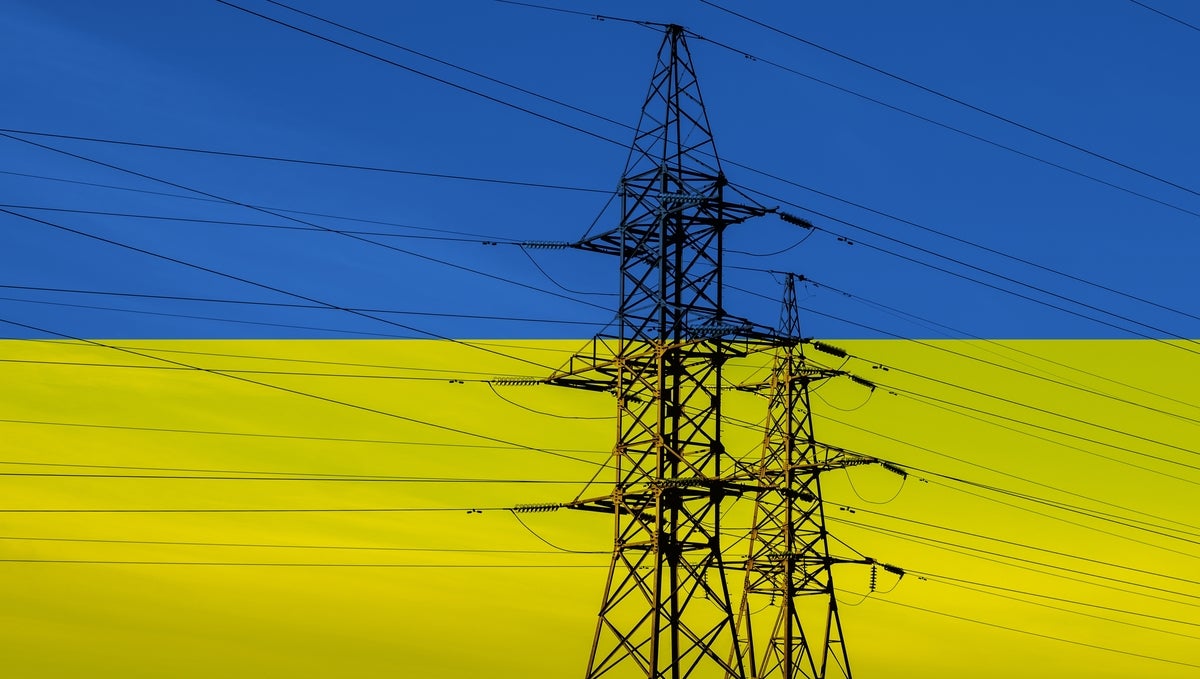War tests Ukrainian telecom, internet resilience

One year after Russia’s invasion of Ukraine, the country’s overall resilience and defiance has been inspiring, but telecommunications and internet connectivity has grown much more difficult.
Initially the country’s internet network mostly withstood with some outages and slowdowns, but that has changed over time as the aggressors devote more effort in destroying physical locations and deploying malware and other cybersecurity weapons.
For example, researchers at Top10VPN recently reported some distressing analysis including:
- The Ukrainian internet has shrunk by at least 16% nationwide since the beginning of the war.
- 17% of all network-connected devices previously detectable via internet scans appear to have been lost.
- Accessible IP addresses have reduced by 81% in Kherson—a key Ukrainian city on the Black Sea—, 59% in Donetsk and 56% in Luhansk since the invasion. Kherson has suffered the longest period of the most severe outages, with almost 1,500 hours total.
There have been as many as 276 internet disruptions of varying severity in Ukraine since March 2022, totaling almost 19,000 hours and at least least 45 severe outages lasting over 3,800 hours, Top10VPN stated.
“The deliberate destruction of physical infrastructure, intentional internet outages and the large-scale movement of people has led to unstable and reduced connections throughout the country,” Top10VPN stated.
“The overwhelming majority of digital violations have occurred in the occupied regions, where the aggressors have restricted access to the internet, introduced digital censorship measures, and taken control of the telecommunications infrastructure,” Top10VPN stated. “The initiatives have stifled Ukrainians’ ability to access potentially life-saving information, prevented friends and families from communicating, and created conditions in which Russian propaganda can go unchallenged.”
Other reports don’t make the situation sound any better. The International Telecommunication Union filed a report in September that said through the first six months of the war major damage had been done to Ukraine’s communications infrastructure in more than 10 of 24 of the country’s regions and that it would take $1.79 billion to restore its telecommunications infrastructure to pre-war levels.
Attacks on wirelss infrastructure started early. The quality of data transmission over fixed broadband networks decreased by an average of 13% as of 1 May 2022 and that almost 11% of the total number of the base stations of mobile operators are out of service, the ITU stated. The numbers have no doubt grown since the report was issued.
Some of that was accomplished by destroying equiplment and some was by threats. “For example, in the attempt to block access to Ukrainian web resources, the aggressor invaded the office of Status, a Kherson-based internet service provider, intimidating and forcing the company to connect its equipment to Russian networks,” the ITU stated.
Redirecting Ukrainian traffic to Russian service providers where they can control access and conduct surveillance is also a growing problem, according to the ITU and others, Top10VPN stated.
“The harsh digital censorship measures implemented in the occupied regions have been enabled by the takeover of the telecommunications infrastructure in the region,” Top10VPN stated.
By June, there were more than 700 Ukrainian service providers under Russian occupation, commissioner of Ukraine’s digital infrastructure and services Liliia Malon said in a Bloomberg report. “For the Russian occupiers, it’s a target and objective to destroy our internet infrastructure or just to capture it,” says Malon. “But we really believe and hope this territory will come back to us very soon, and this problem will disappear.”
Indeed Ukrainian resilience will be part of the country’s telecom and internet story going forward as the government and service providers try to restore services to many areas of the country.
For example, the ITU noted that in April 2022, after having performed about 3,000 infrastructure repairs with 450 technicians in 110 cities and more than 10km of optical cable restored, almost 90% of the fixed-broadband network of the Kyivstar telecommunications firm in Kyiv was reported working. By August, more than 30 km of fiber-optic cable had been restored and the number of repairs increased.
Other large providers such as Ukrainian mobile operators Lifecell and Vodaphone Ukraine also report extensive repairs and service restoration in certain parts of the country.
Since the start of the war, Lifecell has carried out more than 55,000 crew visits to repair equipment, and 92% of its networks are now operational. Ukrtelecom had 87% of its regional offices online, the companies told Time in October.
The challenge still for most of the vendors and customers is power since rolling blackouts are the norm. They also need batteries.
Mobile operators are looking for lithium-ion backup systems that last longer than lead-acid-based batteries and don’t take as long to charge, according to a recent Wall Street Journal article. Kyivstar has received and installed 8,000 new batteries, and Vodafone Ukraine has installed 5,000, according to the article.
They also need generators to power wireless base stations.
“An average of 25% of base stations across the country are down at any given time as a result of rolling power outages,” Stanislav Prybytko, the director for mobile communications at Ukraine’s ministry of digital transformation told the Journal. In November, the worst Russian strikes on the power system knocked 59% of base stations offline.
Internet access has been boosted by the widespread use of devices that connect with Space X’s Starlink satellite internet service. Ukraine has 30,000 Starlink terminals with another 10,000 on the way from Germany, according to tweet last week by Mykhailo Fedorov, Vice Prime Minister of Ukraine and Minister of Digital Transformation. “Russia planned to leave us completely disconnected, but our telecom infrastructure only got stronger,” he tweeted.
Fedorov also recently touted new services for the government’s Diaa application. Launched in 2020, the app lets Ukrainian citizens use digital documents stored in their smartphones instead of physical ones for identification and sharing information.
“It’s been almost a year of full-fledged war in Ukraine. Still our digital state keep moving. To be more precisely, after Feb ‘24 we’ve launched at least 40 new services & products for citizens in Diia. Online public services—essential part of Ukrainian resilience,” he tweeted.
Despite its stark assessment of damage to Ukraine’s communications networks, the ITU tried to strike an optimistic note, looking forward to the end of the war with the country again at peace.
“On the positive side, with careful planning efforts and international financial support, there is a possibility to build a leading-edge next-generation network and services infrastructure in Ukraine,” the ITU report stated.
Next read this:
READ MORE HERE



